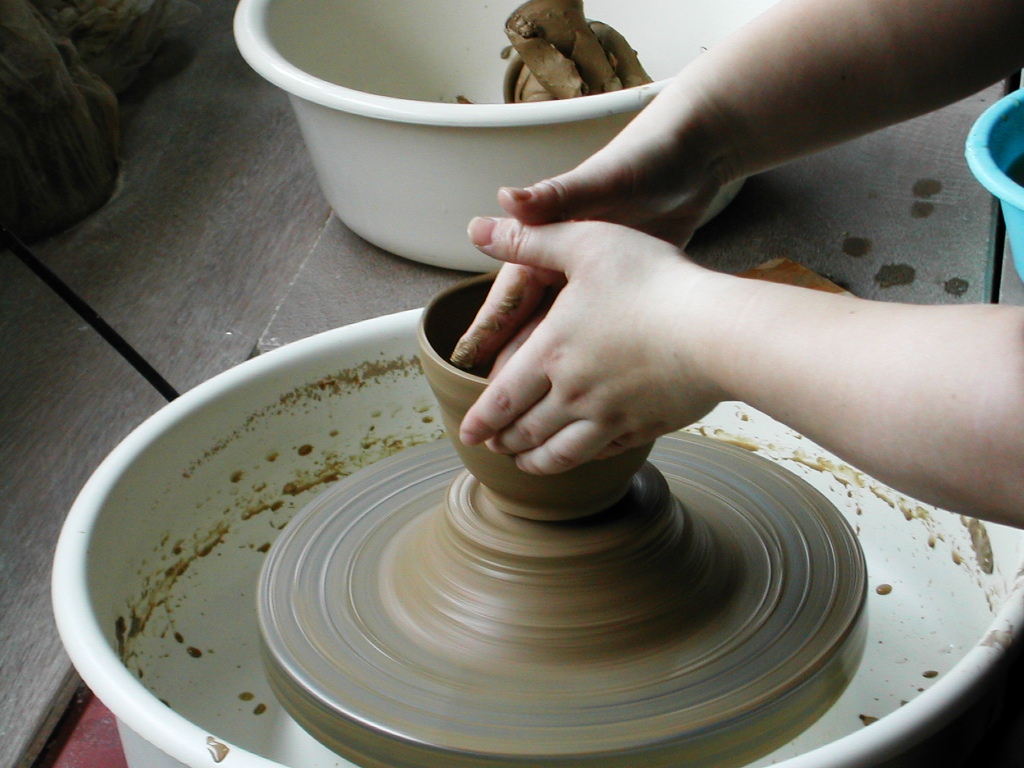Over the course of my CIP, I experienced everything from frustration and uncertainty to satisfaction and confidence. The beginning was the most difficult—when I was still in contact with multiple circles and trying to find one that would apply to my interests, accept me, and fulfill the CIP requirements. Because of this early confusion, I decided to participate in three different Circles rather than only one. By experiencing the different circles’ unique “cultures” I hoped to gain a clearer understanding of typical life for a Japanese university student. Unfortunately, I gradually learned that the price I had to pay for this broader understanding was a less intimate relationship with the members of each of the clubs. As time progressed, I found myself gravitating towards one of the three clubs in particular: Doshisha Hiking Club. In the end, I chose to more thoroughly involve myself in this single club, rather than continue my superficial interactions with all three Circles.
That’s not to say that I didn’t learn anything from the other clubs. As an involved participant in a western theater group at my college in America, my experiences with the Theater Group Q were very informative. I was not able to participate in theater activities with this group as much as I would have liked, but I was able to observe a rehearsal and attended a showing of their fall production “Eyelids’ Woman.” The rehearsal gave me a unique glimpse into Japanese modern theater culture and the production was both well-done and fascinating. At rehearsal, some of the points which most caught my attention were the manner in which all the cast members addressed each other (both men and women used the diminutive –chan suffix), as well as the length of time of the practice dedicated to stretching and warm-up exercises. One entire hour of the three hour rehearsal was dedicated to warm-up exercises. In a conversation with one of the cast members, however, I learned that this practice was unique to the Doshisha group, rather than a characteristic of all Japanese theater in general.
In contrast to my experiences with the Theater Group Q, in which I always felt like an outsider merely observing the group activities, I truly feel that I have become a member of the Doshisha Hiking Club (http://hiking.yamagomori.com/). The club meets every Saturday for training and climbs mountains about once a month. I quickly learned that nothing accelerates group bonding like mutual pain during exercise. It was raining during my first training practice so we ran up and down flights of stairs. Training was short but intense, and followed by a long period of relaxing together talking and a late lunch. The combination of the work-out and the relaxing time was perfect to break the ice and then give me a chance to talk to Japanese students with absolutely no ties to KCJS. It was rewarding to make friends with Japanese students who didn’t have a professed interest in American culture or English, and to do so entirely on my own.
The Hiking Club lunches quickly grew into one of my favorite activities, and was, I think, one of the only times during this program that I can say that I really felt entirely like a Japanese university student. It is easy to become stuck in the KCJS bubble, surrounded by people who understand English, and it was refreshing (if a little exhausting) to operate outside that comfort zone. I especially enjoyed bonding with Oohashi-san, the only other girl in the club. She seemed pleased to have someone else to work out with, professing that, as the only girl, she often had to run by herself and was often the last to return. I was glad that I could give her company, and in return, she was always happy to answer all my questions.
Through my experiences with the Hiking Club, I was able to personally observe some interesting aspects of group behavior in Japanese clubs. One aspect that surprised me was the awkwardness of introductions, which I had always chalked up to my inadequacies in Japanese, actually exists for native speakers as well. My first practice with the club also happened to be the first practice for another new member. When he was introducing himself, he mentioned that he was a third year. This lead to a small stumble in the conversation when he asked how he should address my friend, Oohashi-san. Normally, Japanese protocol would direct the new member to call one of the group’s senior members with the formal “last name-san” construct, however, since Oohashi-san is only a second year, she felt awkward having someone who is technically her sempai address her so formally. They decided on a compromise—Minayo-san—Oohashi-san’s first name followed by the more formal suffix, but not before a rather long deliberation. As an American who has never had to spare much thought to how to address people around me, I found the exchange fascinating. The Japanese language makes it impossible to ignore the status of everyone around you. Unlike English, Japanese formally codifies the structure of society in relation to you, so there can never be any doubt about where you stand in the social hierarchy.
In the beginning, I resented the CIP as something inconvenient and stressful, particularly since I ran into so much trouble getting mine started. Now, however, looking back, I am pleased with how everything turned out. I realized recently how empowering the CIP can be. I now know that I can conduct basic conversation with real Japanese people outside of the framework of any program. I feel comfortable composing emails, finding the right locations, and interacting with Japanese people without assistance. All of these skills are invaluable to language ability and will definitely help me more fluidly navigate life in Japan in the future.


